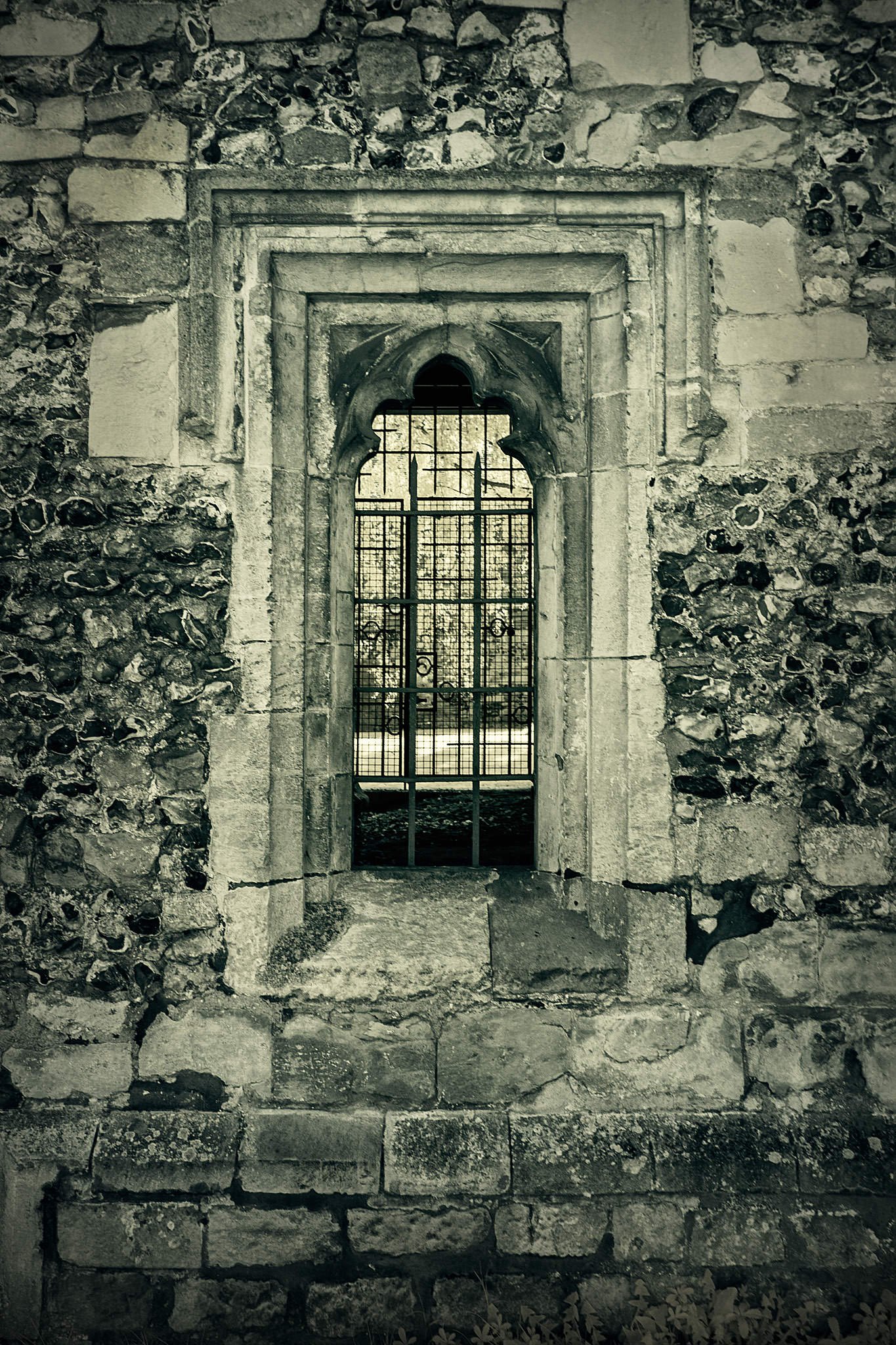Hyde Abbey, South East England


The only building that remains standing at Hyde Abbey is the 15th Century gatehouse, now occupied by flocks of pigeons who have taken up residence there. For its history we need to go back to the reign of King Alfred, who was building a new minster at Winchester at the time of his death in 899, where he was intending to be buried. His son and heir King Edward the Elder, completed his plans for the new minster to be built. Alfred was buried in the old minster at the time of his death, but when the new minster was completed, his body was moved there.
Hyde Abbey was a Benedictine monastery, located just outside the walls, to the north of Winchester. King Henry I ordered that a new church should be built at Hyde in 1109, and the monks of the Saxon new minster in Winchester were relocate to Hyde, where a new Abbey would be built, this was so that a new cathedral could be built on the site they had occupied. When the new church at Hyde was consecrated, the bodies of King Alfred, his wife Queen Ealhswith, and their son Edward the Elder, were carried in state through Winchester to their new resting place before the high altar at the Abbey church of Hyde.
In 1141, the Abbey church was badly damaged by fire during the anarchy of the 12th Century. There was a massive amount of destruction to the monastery at Hyde, including the loss of the Gold Cross of Cnut, and parts of the Abbey were burned. This led to a long running dispute between the Abbey and the Bishop of Winchester, Henry of Blois, but after this the Abbey prospered and the resting place of the Saxon Kings made the church popular with pilgrims.
In 1318, the Bishop of Winchester wrote to the Abbot of Hyde, telling him to exercise greater authority over his monks to ensure that they no longer neglect their meditation and their claustral duties. By 1325 things do not seem to have improved when, following a formal visit by the Bishop of Winchester, he issued a letter which suggested that discipline within the Abbey had become lax, duties were being neglected, and scandalous behaviour had been observed among some of the monks.
Things don’t seem to have changed much in 1522, when an injunction was issued by the Bishop of Winchester which revealed a range of irregularities in the management of the Abbey, including some of the younger monks practising the long-bow in Hyde meadows. Despite the lack of discipline, when the Abbey was assessed in the 1530’s by the king’s commissioners, it was found to be one of the richest establishments in Winchester with the exception of the Cathedral.
The ancient stoup outside of the church at Hyde Abbey was found in 1879. Unfortunately, it was then placed outdoors where it is exposed to the elements, but still an incredible survivor and an amazing find. It is early medieval, and probably dates from the founding of the church in the early 12th Century. It stands today at the door of St. Bartholomew’s church, across the road from Hyde Abbey’s Gatehouse.
The medieval church of St. Bartholomew was founded in 1110, and was built for the lay servants of the Abbey. The church also houses some fragments of the Abbey's history, which includes five decoratively carved capitals thought to have come from the Abbey's cloister.
The destruction of the Abbey church, at the time of the dissolution, may also have led to the destruction of the Saxon graves of King Alfred, his Queen, Ealhswith, and their son, Edward the Elder. It is more likely however, that the building of a small prison on the site in 1788 caused damage, as unless they believed that the royal Saxon family had been buried with treasures, in the 16th century people were unlikely to desecrate the graves underground. There is a story that says that the convicts, who were forced to dig the foundations of their own prison, found lead lined stone coffins and that the graves were desecrated then. They could also still be there, under the ground where the high altar once stood. There was a recent excavation on the site, in 2016, which established the exact location of the church and its layout. It also uncovered items of 12th Century carved masonry, some of which is on display in the Winchester City Museum.






